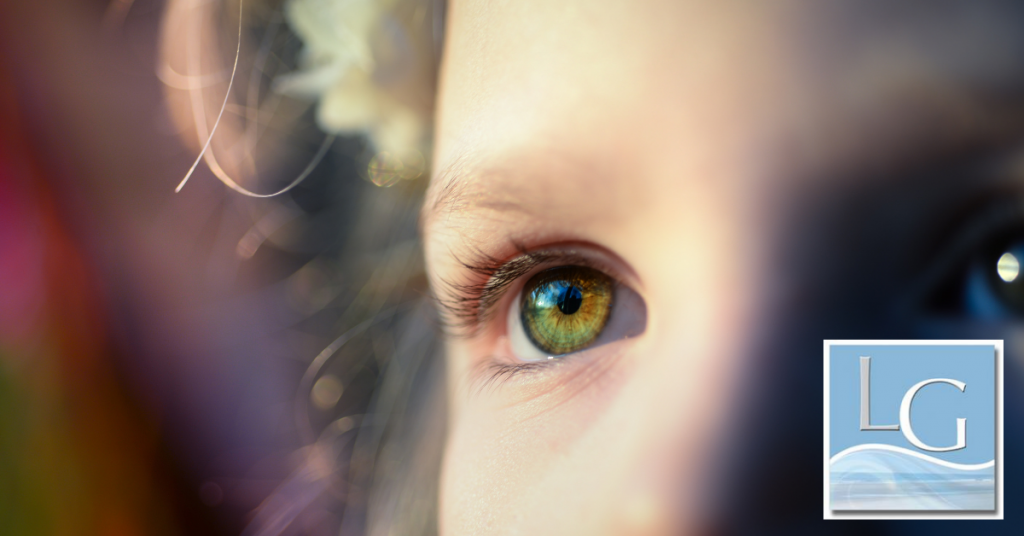What children skin disorders are evaluated with Social Security Administration listings?
Social Security Administration uses listings to evaluate skin disorders that may result from hereditary, congenital, or acquired pathological processes. The kinds of impairments covered by these listings are: Ichthyosis, bullous diseases, chronic infections of the skin or mucous membranes, dermatitis, hidradenitis suppurativa, genetic photosensitivity disorders, and burns.
What documentation is needed?
When SSA evaluates the existence and severity of your skin disorder, they generally need information about the onset, duration, frequency of flare-ups, and prognosis of your skin disorder; the location, size, and appearance of lesions; and, when applicable, history of exposure to toxins, allergens, or irritants, familial incidence, seasonal variation, stress factors, and your ability to function outside of a highly protective environment.
To confirm the diagnosis, SSA may need laboratory findings (for example, results of a biopsy obtained independently of Social Security disability evaluation or blood tests) or evidence from other medically acceptable methods consistent with the prevailing state of medical knowledge and clinical practice.
How does Social Security Adminitration assess the severity of your skin disorders(s)?
They generally base their assessment of severity on the extent of your skin lesions, the frequency of flare-ups of your skin lesions, how your symptoms (including pain) limit you, the extent of your treatment, and how your treatment affects you.
For more information continue reading here.


